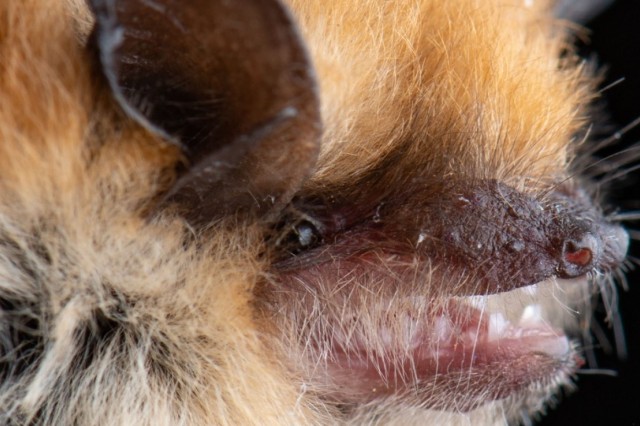
Learn More

Lesson Plan by Jennifer Zapata
Bats play an important role in ecosystems all over the world, including in Los Angeles County. They are excellent pollinators and keep insect populations under control, save the agricultural industry billions of dollars annually, and are the only mammals that can fly! There are over 1,400 species of bats and they live on every continent except Antarctica.
Yet fears and misconceptions about bats have endangered their survival across the world. In this lesson we demystify these marvelous, yet often misunderstood, nocturnal creatures by exploring bat species native to Los Angeles County and how they have adapted to survive.
Classroom, with possible Museum connections in: